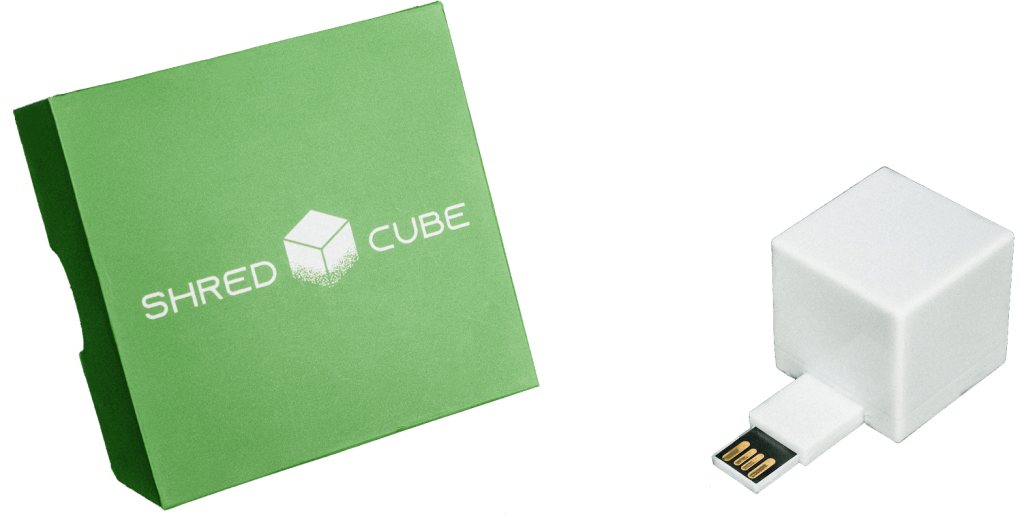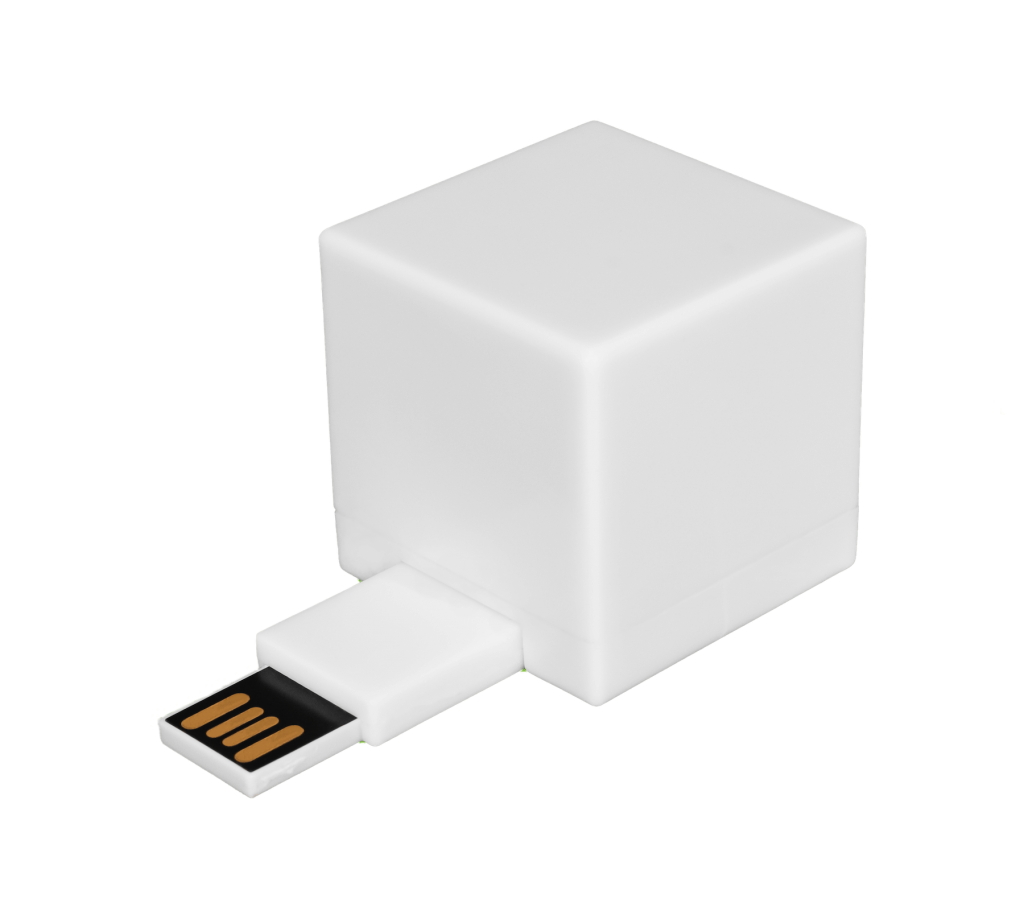Any person or company that works with data must inherently be concerned with its security. More than 160 million sensitive data records were exposed last year, but some of those breaches could have been avoided with the right approach to protection.
Learning how to protect your data can help you avoid serious financial and reputational consequences. Let’s look at a few simple ways to start doing that today.
1. Use Passphrases Instead of Passwords to Protect Your Data
More than 80% of hack-related breaches occur because of stolen or weak passwords. The average person now uses 70 to 80 passwords — a huge number. People thus tend to create simple passwords that are easy to remember, but that unfortunately means that they are also easy to hack.
The days when you could have used your favorite pet’s name and replaced “I” with “1” or “o” with “0” are long gone. Hackers have gotten good at discovering personal information and guessing which letters you replace with numbers. Consider using passphrases to create stronger passwords. Instead of jenny0801, for example, you could use “jennyisawes0me” or instead of hamlet2003, use “2beornot2be2003.”
These phrases come with a variety of benefits:
- They are easy to remember.
- They are hard to guess.
- They have more characters than passwords, making them tougher to hack.
Smart tip: You can use your favorite song to come up with several passphrases. Simply use each line as a password.
2. Beware of the Phishing Attempts
Nearly one-third of data breaches involve phishing, which sees hackers sending emails that look like they come from reputable sources with requests for personal information. Phishing attacks are easy to design and just as easy to prevent, but many people ignore the warnings and thus subject themselves to serious problems.
A phishing scam usually involves an email message with a link, and clicking the link reroutes you to a website that is a clone of a legitimate page. It could be formatted to look like your online banking portal or a login page to your email mailbox, among countless other possibilities. Hackers then get full access to your credentials when you enter them on the spoofed site thinking you’re logging into a legitimate portal.
Spotting a phishing scam is easy as long as you are aware, but here are some tips to help you ensure you don’t become a victim:
- Don’t click any links in email messages unless you are 100% sure they come from a legitimate sender.
- If you decide to click the link, check the URL. Hackers are likely to use something similar to the original address, like “gmial” instead of “gmail”. In most cases, though, the URL will look awry like h80hbals.com/loginwechx/800.html. This should raise a huge red flag.
- Always look for the padlock icon next to the URL address. If it’s not there, never enter your credentials.
- Use a password manager. It auto-fills your credentials on legitimate websites. If the manager isn’t auto-filling, you are on a cloned website.

3. Be Careful with Free Wi-Fi
Every time you use free public Wi-Fi you are putting your data in danger. The biggest threat of such Wi-Fi networks is hacker’s ability to force their way between you and the connection point. That means instead of sharing your data with the hotspot, you are sending it directly into hackers’ hands.
Anything you enter while using public Wi-Fi — be it your credit card information, passwords, sensitive business data, and so forth — is highly exposed. If you must use free Wi-Fi, follow these simple rules to protect your data:
- Never enter any credentials.
- Use a VPN.
- Check for the padlock.
- Turn off the file-sharing option.
- Enable “Always use HTTPS” on websites you visit often.
- Install high-quality antivirus software on your laptop and mobile device.
- Delete old information so hackers can’t get access to it.
Ideally, you should never use public Wi-Fi. If you must connect from public areas to work with sensitive data, consider investing in a mobile internet plan.
4. Keep Your Computer Updated
The software you use on your computer has numerous vulnerabilities. Thankfully, developers come up with patches to keep hackers out and protect your data. These patches come as a part of regular updates, which users often ignore. Approximately one-third of data breaches happen due to unpatched vulnerabilities. Avoiding attacks is as easy as installing a timely update.
While you are waiting for the software vendor to come up with a patch, there are a few things you can do:
- Delete all files you don’t need to keep them out of hackers’ hands. Consider sending files you don’t use often to the cloud or offline storage.
- Invest in high-quality antivirus software (and check for regular updates).
- Encrypt all your sensitive data.
Some software is updated automatically, but other programs need you to monitor updates and install them manually. Make sure to check for updates monthly. If a vendor stops issuing updates, you may need to move on to another option.
5. Use a VPN Whenever You Can to Protect Your Data
A virtual private network (VPN) is a powerful weapon against data breaches. You are always at risk of a breach, no matter where you use your device. Unencrypted data is highly vulnerable, especially if you use unsecured internet connections like public Wi-Fi.
A VPN encrypts or scrambles your data so hackers can’t see what you are doing online. It prevents hackers from looking at your credit card numbers, instant messages, login details, and whatever else you enter while using an internet connection.
Consider using a VPN at home and in the office as well. Your internet service provider (ISP) can see what you are doing online. As a bonus, VPN changes your IP address, keeps your location private, and allows you to access websites restricted in your area.
6. Use Shred Cube to Delete Data Permanently
Any data kept on your computer is vulnerable to attacks. Old and seemingly useless files can become dangerous weapons in hacker’s hands, because they often include details that are still relevant or can be used to extrapolate current data. That’s why it’s imperative to archive or delete them for good.
When you’re ready to get rid of files for good, you need to work with a file shredder product you can trust to make sure your deleted information can’t be recovered. The Shred Cube file shredder helps you delete files permanently without a chance to recover them by shredding them into irreparable pieces and writing over them. Contact us today to learn more about how you can better protect your data.












